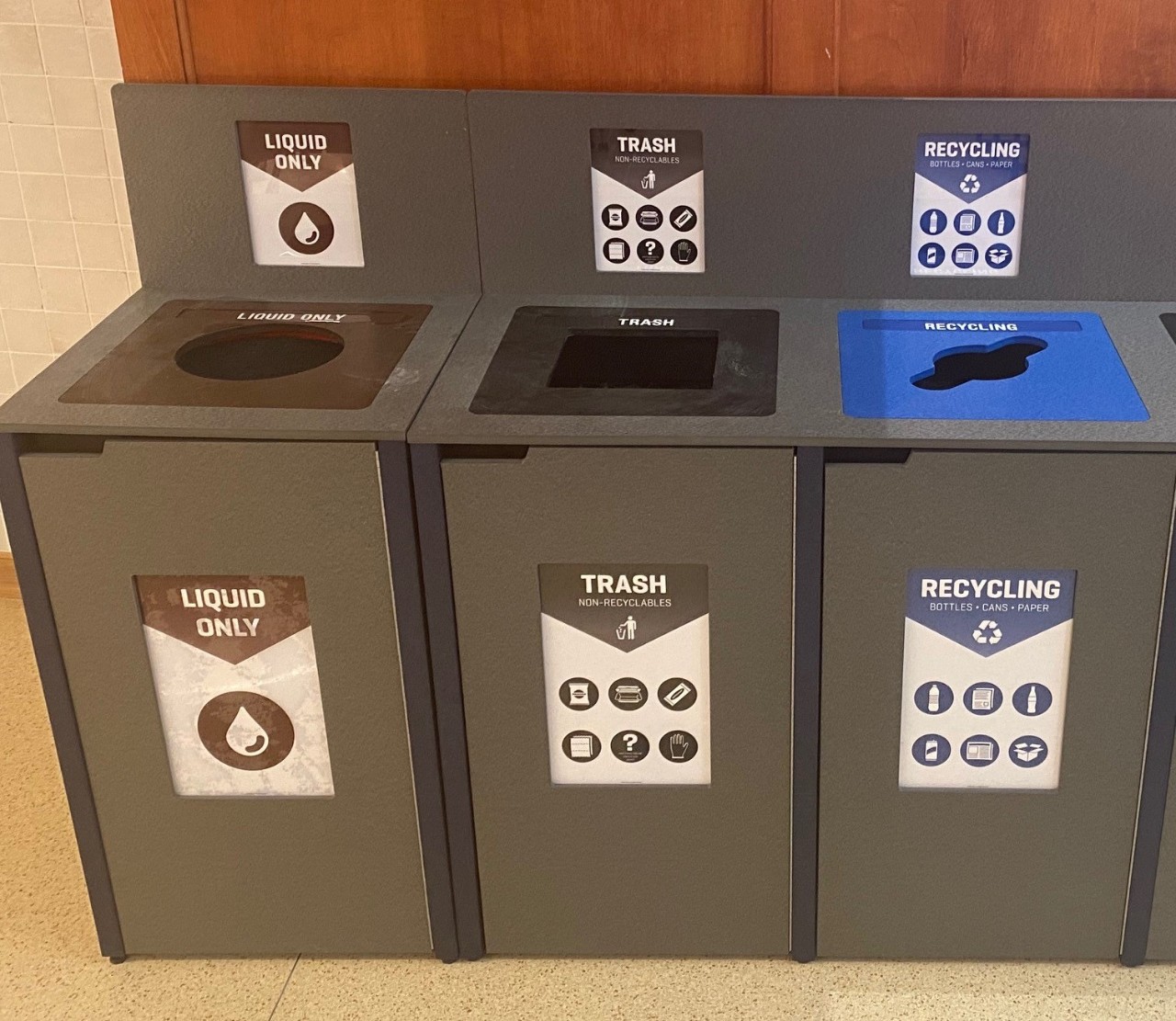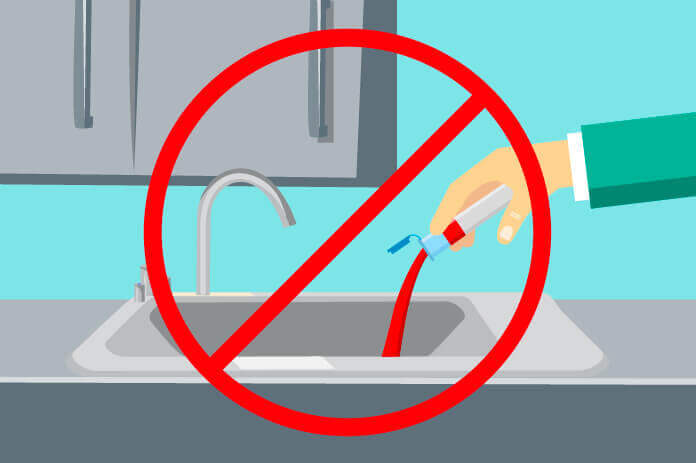Industrial Wastewater Treatment: Custom Solutions for Facility Wastewater Challenges
Industrial Wastewater Treatment: Custom Solutions for Facility Wastewater Challenges
Blog Article
Exactly How Liquid Waste Disposal Works: A Detailed Summary of Methods and Technologies Used

Summary of Liquid Waste Types
The intricacy of liquid waste kinds necessitates a thorough understanding of their characteristics and effects for disposal. Fluid waste can extensively be classified into a number of kinds, including industrial, community, farming, and contaminated materials. Each category exhibits unique buildings, needing details monitoring approaches to reduce ecological and health and wellness dangers.
Industrial liquid waste stems from manufacturing processes and usually consists of a series of contaminants, such as heavy metals, solvents, and natural substances. Community liquid waste, mainly consisting of wastewater from families and industrial establishments, has organic matter, nutrients, and microorganisms (industrial wastewater treatment). Agricultural fluid waste, consisting of drainage from farms, might have plant foods, chemicals, and pet waste, presenting dangers to water quality and communities
Hazardous fluid waste is identified by its poisoning, reactivity, or prospective to trigger damage. Recognizing these diverse fluid waste kinds is important for creating efficient disposal approaches and ensuring conformity with environmental policies.
Physical Treatment Methods

Screening is the initial action, where larger fragments and debris are eliminated from the fluid waste utilizing screens or grates. In sedimentation tanks, much heavier fragments resolve at the base, developing a sludge layer, while the made clear liquid can be further dealt with.
Filtering is one more necessary approach that involves passing the liquid via porous products, such as sand or membranes, to catch smaller sized particles. This step boosts the quality of the liquid, making it appropriate for succeeding treatment processes.

Chemical Treatment Strategies
Chemical therapy strategies are essential for effectively handling fluid waste, specifically in attending to liquified and colloidal contaminants that physical approaches may not appropriately get rid of. These techniques utilize numerous chemical agents to neutralize, speed up, or change dangerous substances into much less dangerous types.
One common technique is coagulation and flocculation, where chemicals such as alum or ferric chloride are included in promote the aggregation of put on hold bits. This process enhances sedimentation, enabling easier removal of the resulting sludge. Furthermore, oxidation procedures, employing agents like chlorine or ozone, are utilized to break down complicated natural compounds and microorganisms, making the waste safer for discharge or more treatment.
Neutralization is another essential strategy, which changes the pH of acidic or alkaline waste streams to neutral degrees, preventing potential injury to downstream systems and the setting. In addition, advanced oxidation procedures (AOPs) utilize mixes of oxidants and ultraviolet light to weaken consistent toxins, accomplishing a higher degree of treatment efficiency.
Biological Therapy Procedures
Organic therapy processes play a critical function in the management of fluid waste by using microorganisms to break down raw material and reduce impurity levels. These processes can be extensively classified into aerobic and anaerobic therapies, each utilizing specific microbial neighborhoods to accomplish efficient waste deterioration.
Cardio therapy entails using oxygen to facilitate the malfunction of natural products by bacteria. This process is generally executed in turned on sludge systems, where oygenation storage tanks provide a favorable setting for microbial development, bring about the oxidation of natural pollutants. see here now The resultant biomass can be divided from treated effluent via sedimentation.
In contrast, anaerobic therapy takes place in the absence of oxygen, relying upon different microorganisms to break down raw material. This method is specifically beneficial for high-strength waste, as it generates biogas, a renewable resource source, while reducing sludge production. Technologies such as anaerobic digesters are regularly employed in metropolitan and commercial applications.
Both cardiovascular and anaerobic organic therapies not only decrease the environmental impact of fluid waste yet likewise promote source healing, making them essential components of sustainable waste monitoring approaches. Their effectiveness, performance, and flexibility sustain their prevalent execution throughout different sectors.
Arising Technologies in Disposal
Innovative techniques to fluid waste disposal are quickly developing, driven by innovations in innovation and an increasing focus on sustainability. Among these arising innovations, membrane layer bioreactors (MBRs) have actually gotten traction for their ability to combine organic treatment with membrane filtering, resulting in high-quality effluent that can be recycled in various applications. MBRs allow smaller footprints and much more effective procedures contrasted to typical systems.
Another appealing advancement is helpful resources using anaerobic digestion integrated with nutrient recovery modern technologies, which not just deals with liquid waste but likewise produces biogas and recoups useful nutrients like nitrogen and phosphorus. This dual benefit enhances source performance and minimizes ecological impact.
Additionally, advanced oxidation processes (AOPs) are being taken on for the degradation of intricate organic pollutants. These approaches utilize powerful oxidants and stimulants to damage down contaminants at the molecular degree, providing a highly efficient option for challenging waste streams.
Furthermore, the integration of artificial intelligence and equipment understanding in waste monitoring systems is optimizing functional efficiency and anticipating maintenance, leading to reduced expenses and boosted environmental conformity. These innovations reflect a substantial shift in the direction of more sustainable and reliable fluid garbage disposal techniques.
Verdict
In final thought, reliable liquid waste disposal demands a thorough understanding of different methods and technologies. By continually advancing these techniques, it becomes possible to deal with the expanding difficulties connected with liquid waste, eventually adding to environmental defense and source recovery.
Liquid waste disposal is a crucial facet of ecological administration, requiring a detailed understanding of different techniques and technologies customized to different waste kinds. Liquid waste can broadly be classified right into several kinds, consisting of commercial, look what i found municipal, farming, and dangerous waste. Agricultural fluid waste, including overflow from ranches, may consist of fertilizers, pesticides, and animal waste, posturing risks to water top quality and communities.
Numerous physical therapy methods play a crucial function in managing fluid waste successfully - industrial wastewater treatment.In verdict, effective fluid waste disposal necessitates a detailed understanding of numerous strategies and technologies
Report this page